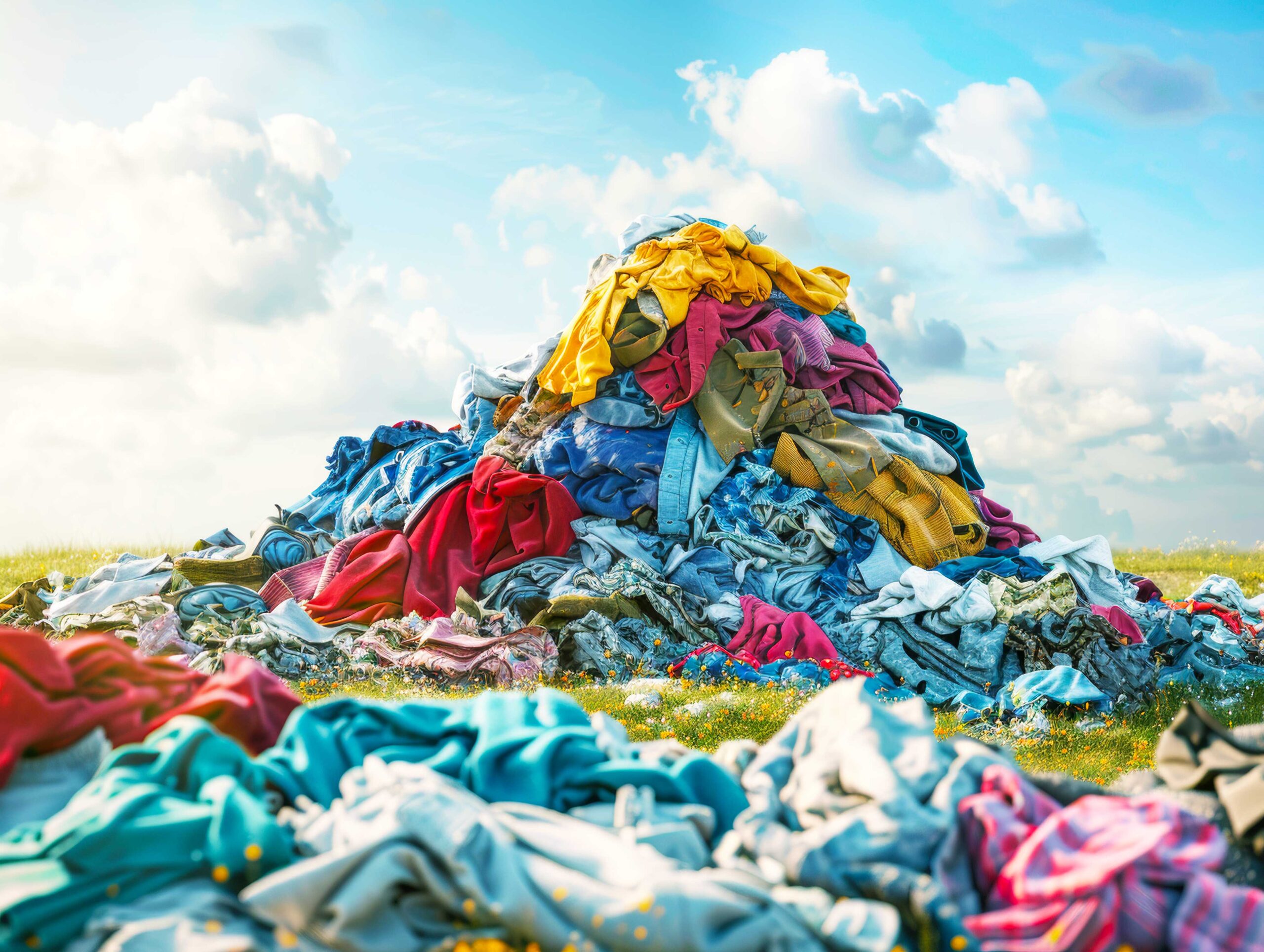For our recycled textile products, we use pre consumer recycled cotton as standard. This is cotton that is left as waste in the production of clothing or bed and bath textiles, for example. The impact of our patented production process is therefore very high, because we save on the consumption of land and water and reduce CO2 emissions. In addition, there are no plastics in our finished products, so they are fully recyclable at the end of their life cycle.
So right now we are recycling industrial waste. We also call that pre consumer cotton. But what about post consumer cotton, as in worn clothing? Cotton that is already incorporated into textile products and in which 95% of all products have textile and plastic components mixed together (Also read our blog on Blends). Can we also recycle that blended cotton?
The answer is yes. But at the same time, we should note that the processes for this are complex and expensive. What about this exactly? For starters, there are 2 recycling methods, mechanical and chemical.
Mechanical recycling
In mechanical recycling, textiles are pulled apart into fibers in a fiberizing machine with a lot of force, also called fiberizing. Often the new fiber is mixed with new, durable cotton or polyester fiber or yarn to get a stronger fiber. From this you can then spin yarn for new textiles.
Mechanical recycling we also use ourselves to make new, 100% cotton fiber. This is relatively easy in our recycling process because our pre-consumer cotton is 100% plastic-free. Mechanical recycling is much more difficult if you have post consumer cotton. It only has to have 2% elastane in it and you have a problem. And elastane is in most cotton clothing to make it supple and comfortable while maintaining the fit. Consumers don’t know any better by now.
The problem is separating elastane and cotton profitably. Chemically it can be done, but if we want scale to recycle the huge garment mountain, it becomes too complex and is far too expensive. So technology and market will have to converge first. Incidentally, we already apply post consumer cotton on a small scale, but that cotton is then free of plastics.
Chemical recycling
In chemical recycling, textiles are dissolved into building blocks for new fibers. Several companies are active in this and have their own patents, such as SaXcell from Enschede in The Netherlands. They make a textile fiber from chemically recycled household cotton waste. The problem with chemical recycling is that it is not (yet) available on a large scale, so it is not a serious market alternative at this time.
Conclusion
Mechanical and chemical recycling is technically possible and both methods are more environmentally friendly than the production of regular cotton: After all, no farmland, pesticides and insecticides are needed, water consumption is lower and CO2 emissions are zero. On the mechanical side, we are seeing significant investment in fiber machines to improve recycling of post consumer cotton. Chemical is still too expensive at the moment. Opinions differ on how quickly this will change.
Positive trend
Fortunately, we see a positive trend emerging, primarily from sustainability and circularity considerations. After all, the more consumers turn in their “used” textiles and ask for 100% recycled cotton products, the more likely it is that scale-up will seriously get off the ground. As nxtile, we will do everything we can to support this direction as well in our pursuit of a 100% sustainable world of 100% recycled cotton.

